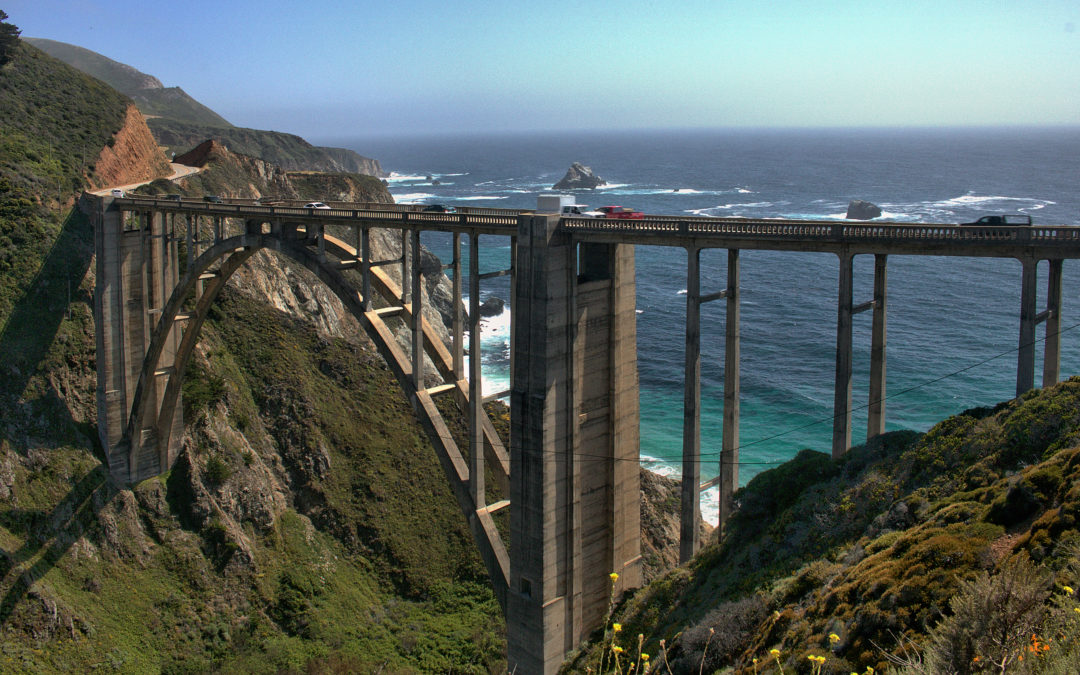The United States Department of Transportation (USDOT) has awarded SC Solutions additional funding to advance the development of a physical technology prototype for the integration of Digital Twin and Computer Vision Technology through Phase II of the SBIR Program. As part of Phase II, SC Solutions is developing computer vision and non-destructive evaluation techniques aided by Artificial Intelligence for integration with the Digital Twin framework, which combines finite element modeling with structural health data collection to perform model updating to represent as-built structures. The goal for this potentially groundbreaking research is to develop a cost-effective and scalable solution for damage identification, while leveraging non-disruptive and non-contact data collection techniques using computer vision technology. Phase II of this project builds upon the 2019 Phase I delivery of initial findings to the Federal Highway Administration (FHWA) and is expected to conclude in 2021, culminating in a validated technology prototype.
The U.S. has over 600,000 bridges, of which nearly 40% are 50 years old or older and many of them are approaching the end of their design service life. According to the ASCE 2017 Infrastructure Report Card, one in 11 bridges were reported as structurally deficient and more than one in 8 were determined to be functionally obsolete. Replacement or rehabilitation of such a high number of deficient structures in the national bridge inventory cannot be achieved without significant investment and lead times. To help prioritize interventions for these structurally deficient and obsolete bridges, owners have expressed interest in a scalable technology solution to support efficient bridge monitoring and enhance the inspection process. By combining a Digital Twin model updating framework and advanced computer vision techniques for non-disruptive data collection, the Phase II SBIR project aims to develop a technology solution to complement visual inspection and serve as a cost-effective screening tool to yield actionable information for assessment and operational monitoring of aging bridge infrastructure.
SC Solutions has assembled a talented inter-disciplinary team to lead the project through Phase II. The project team is led by Matthew Bowers, Principal Engineer at SC Solutions, and is supported by research teams from the University of Nevada, Reno (UNR), and University of California, Los Angeles (UCLA), led by Dr. Hamed Ebrahimian and Dr. Ertugrul Taciroglu respectively. Phase II of the project focuses on the integration of the following technology components:
- Camera Systems and Software for Bridge Response Measurement: Cost-effective, commercially available camera systems and lenses are used to record high-resolution footage of bridge movement. This footage is processed using computer vision techniques to obtain bridge response measurements. This technology component provides non-contact, and non-disruptive data collection capabilities to inform the Digital Twin model updating process and provides a cost-effective alternative to traditional Structural Health Monitoring (SHM) techniques and hardware.
- Camera Systems and Software for Vehicle Tracking: Deep learning methods are used to identify and track traffic from camera footage (either from stationary or drone-mounted cameras) to provide live load estimation and vehicle trajectory/positioning on the bridge.
- Integrating data collection with the Digital Twin framework: The traffic load and position data are synchronized with the bridge response data and provided to the model updating framework. The data is used to calibrate the Digital Twin finite element model which can be used to estimate mechanics-based structural parameters. These parameters can be used directly to assist in characterizing bridge behavior, identifying hidden damage, and prioritizing interventions.
Through Phase II of this project, SC Solutions is excited to advance these emerging technologies and is actively seeking partners for testing and developing use cases for integration in current inspection, maintenance, and engineering practices.
